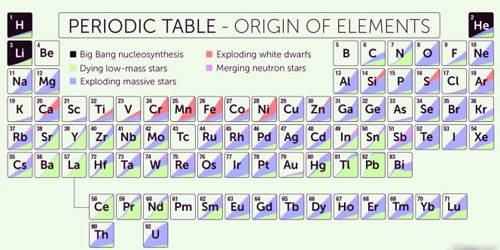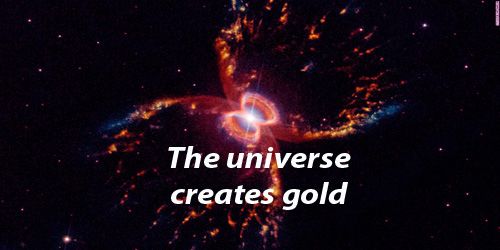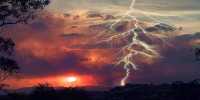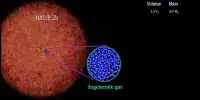Throughout history and folklore, the question of where the gold of the world has come from – and perhaps how to find more of it – has invited a fantastic explanation. The Inca believed that gold fell from the sky because of the tears or sweat of the gold god. Aristotle’s idea that the sun’s rays were converted when they entered deep underground was that Isaac Newton copied a recipe for making it with the philosopher’s stone. Rampelstitsin can certainly turn it from straw.
Gold is a chemical element that transforms into a higher atomic number of elements that occur naturally, with the symbol au (Latin to arum) and the atomic number 79. Although geologists have theories for many years about how the earth produces gold, scientists have discovered how the universe produces gold. Scientists are able to create many of the elements of the periodic table together. The Big Bang has created hydrogen, the lightest and most abundant element ant star glowing; they fuse hydrogen into heavier elements like carbon and oxygen, into the elements of life. It occurs in a solid solution series of native elements silver (as electricity) and naturally mixed with copper and palladium. In the years leading up to their death, they made common metals – aluminum and iron – and launched a variety of supernova explosions into space.

The universe creates gold
17 August 2017 in the morning, a wave in space passed through our planet. It was detected by LIGO and the virgin gravitational wave detector. Scientists have for the first time discovered tiny ripples of celestial waves in the fabric of a space, which they believed was a super-powerful collision between two neutron stars. They now need colleagues to observe any light or radiation coming from this catastrophic explosion. This cosmic chaos came from a pair of city-sized neutron stars colliding with one-third of the speed of light. The power of this collision has surpassed any atomic-smashing laboratory in the world. Text and Email Alert astronomers have dropped everything to join the search. Gravitational waves scan large and small telescopes from where the patch of the sky came from. Twelve hours later, three telescopes from Earth encountered a brand new star, known as Kilonova, in a galaxy about 130 million light-years from NGC 4993. Perhaps the most surprising of the results of scientific discoveries is that these collisions between neutron stars were actually cosmic imitations where gold and other precious metals were made before they spread into the universe. This time it was time for the world’s largest and best telescopes to point to the new star to see visible and infrared light after the collision. In Chile, the Gemini Telescope removed its huge 26-foot mirror to Kilonova. NASA has driven Hubble to the same place. “It was very exciting, the way we got the warning and found the light source related to the gravitational wave,” said Kate Maguire of Queen’s University Belfast, adding that more than 3,000 researchers from around the world scrambled to take part in the project. As the fire of the intense camp cools and fades, the convexity of this cosmic fire quickly fades. Within a few days, the visible light faded, leaving a warm infrared aura that eventually disappeared as well. During a volcano, magma rises from the Earth’s core to the surface. Much like the first process, such as magma cools, minerals are solidified and deposited in the earth’s crust.
The gold is beautiful and non-abrasive, a great conductor of electricity, and resistant to corrosion. It is different from any other metal. The spectrum of the heaviest elements in the universe contains fingerprints. Its light carries the toilet signature of corrosive neutron-star material in platinum, gold, and other so-called “R-process” elements. The fact that the process is so complex only increases the demand for this truly precious metal.
















